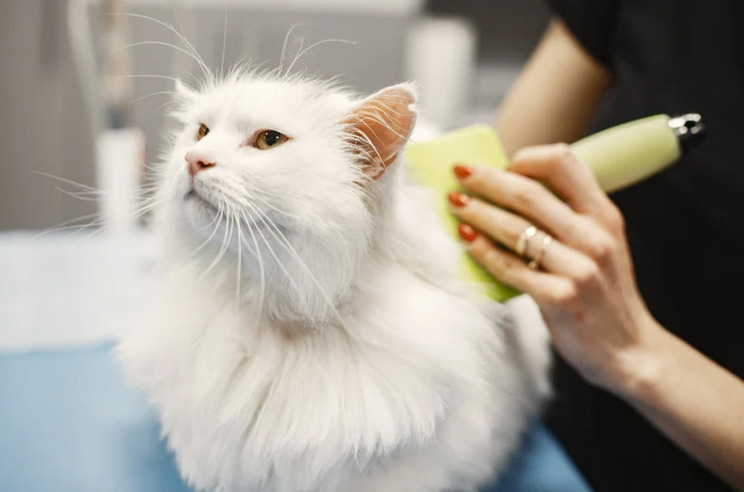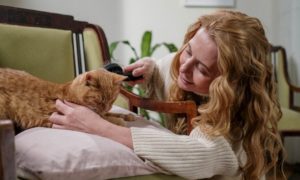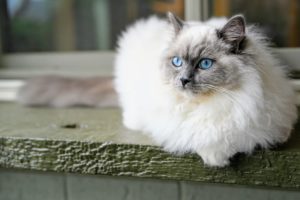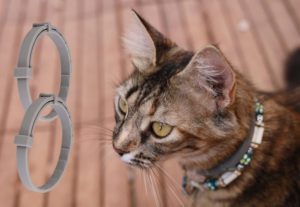If you have a long-haired cat, you know what a challenge it can be to keep the coat maintained. Long cat hair requires more grooming and care than short cat hair. And if the coat’s ever been so matted that you’ve had to have it shaved, you know how costly that can be, not to mention uncomfortable and dangerous for your cat. So, this article is written to help you avoid that by providing practical tips and techniques for Long Cat Hair care and to keep it’s coat healthy and beautiful.
Understanding the Grooming Needs of Long Cat Hair care
Long hair cats are not only gorgeous but also have unique personalities and traits. They tend to be more affectionate, loyal and intelligent than short-haired cats, and they also have a higher tolerance for cold weather. However, they also have some differences that affect their grooming needs.
A. Differences between long-haired and short-haired cats
The main difference between Long hair and short-haired cats is the length and texture of their fur. Long hair cats have longer guard hairs, which are the outer layer of fur that protects them from the elements. They also have a thicker undercoat, which is the layer of fur that provides insulation and warmth.
Long hair cats also have longer whiskers, eyebrows and ear tufts than short-haired cats. These features help them sense their surroundings and communicate with other cats.
B. Common breeds with Long hair
There are many cat breeds that have long hair, but some of the most popular ones are:
- Persian: This breed is known for its round face, flat nose and long, silky coat that comes in various colors and patterns. Persians are gentle, sweet and calm, but they also require daily brushing and regular bathing to prevent matting and dirt accumulation.
- Maine Coon: This breed is one of the largest domestic cats, with a muscular body, a long tail and a thick, shaggy coat that can withstand harsh weather conditions. Maine Coons are friendly, playful and intelligent, but they also need regular brushing and occasional trimming to keep their fur from tangling and matting.
- Ragdoll: This breed is named for its tendency to go limp when picked up, due to its relaxed and docile personality. Ragdolls have a semi-long coat that is soft and plush, with pointed markings similar to Siamese cats. Ragdolls are affectionate, gentle and easy-going, but they also need frequent brushing and combing to prevent matting and shedding.
- Norwegian Forest Cat: This breed is native to Norway and has a thick, water-repellent coat that helps it survive in cold climates. Norwegian Forest Cats have a large body, a long tail and a mane around their neck. They are independent, adventurous and loyal, but they also need regular brushing and grooming to keep their coat healthy and shiny.
| Understanding Different Cat Breeds. Please read our article: Understanding Cat Breeds and Shedding |
C. Grooming challenges and benefits of long cat hair
Long cat hair poses some challenges for both the cat and the owner. Some of the common issues that long-haired cats face are:
- Matting: This is when the fur becomes tangled and knotted, forming clumps that can pull on the skin and cause pain, irritation and infection. Matting can occur due to lack of brushing, excessive shedding, dirt accumulation or moisture exposure.
- Hairballs: This is when the cat ingests its own fur while grooming itself, forming balls of hair in its stomach or intestines that can cause vomiting, constipation or obstruction. Hairballs are more common in long-haired cats because they have more fur to swallow.
- Shedding: This is when the cat loses its old or damaged fur to make room for new growth. Shedding is normal and healthy for cats, but it can also create a mess in the house and trigger allergies in some people.
However, long cat hair also has some benefits for both the cat and the owner. Some of the advantages of having a long-haired cat are:
- Beauty: Long-haired cats are undeniably beautiful and elegant, with their flowing coats and graceful movements. They can make any home more cozy and inviting with their presence.
- Warmth: Long-haired cats have a natural insulation that keeps them warm in cold weather. They can also provide warmth and comfort to their owners by cuddling with them on the couch or bed.
- Personality: Long-haired cats tend to have more personality than short-haired cats, as they are more expressive, vocal and interactive. They can also be more loyal, affectionate and intelligent, making them great companions and friends.
Essential Grooming Practices for Long Cat Hair
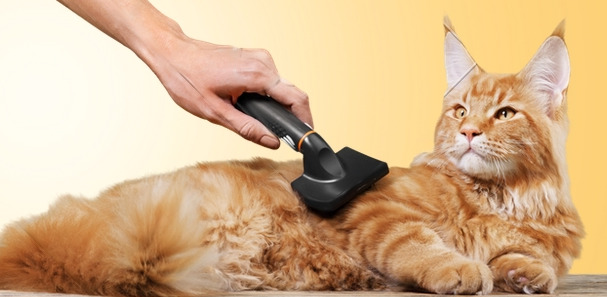
Long-haired cats need more grooming and care than short-haired cats, as their fur can easily become dirty, matted or tangled. However, grooming your long-haired cat does not have to be a chore or a hassle. With the right tools, techniques and routines, you can keep your long-haired cat’s coat healthy and beautiful with minimal effort.
A. Regular brushing techniques and tools
Brushing is the most important grooming practice for long-haired cats, as it helps remove loose hair, dirt, debris and mats from their fur. Brushing also stimulates blood circulation, distributes natural oils and prevents hairballs.
Choosing the right brush
The type of brush you use for your long-haired cat depends on the length and texture of their fur. Some of the common types of brushes are:
- Slicker brush: This is a brush with fine, bent metal bristles that can penetrate deep into the coat and remove loose hair, mats and tangles. Slicker brushes are ideal for long-haired cats with thick or curly fur, such as Persians or Maine Coons.
- Pin brush: This is a brush with straight metal or plastic pins that can gently detangle and smooth the coat. Pin brushes are ideal for long-haired cats with fine or silky fur, such as Ragdolls or Norwegian Forest Cats.
- Bristle brush: This is a brush with soft natural or synthetic bristles that can polish and shine the coat. Bristle brushes are ideal for long-haired cats with smooth or straight fur, such as Balinese or Turkish Angoras.
| To learn more about effective cat grooming techniques, please read our article: Essential Cat Grooming Techniques for a Healthy and Happy Cat |
Establishing a brushing routine
The frequency of brushing your long-haired cat depends on the condition of their fur and their level of shedding. Some general guidelines are:
- Brush your long-haired cat at least once a week to prevent matting and hairballs.
- Brush your long-haired cat more often during shedding seasons, such as spring and fall, to remove excess hair and reduce shedding.
- Brush your long-haired cat before bathing to remove any mats or tangles that may worsen when wet.
Proper brushing techniques for long hair
The best way to brush your long-haired cat is to follow these steps:
- Start by gently combing through the fur with a wide-toothed comb to remove any large knots or debris.
- Next, use a slicker brush or a pin brush to work through the fur in small sections, starting from the head and moving down to the tail. Be careful not to pull too hard on the skin or the fur, as this may cause pain or damage.
- Finally, use a bristle brush to smooth and polish the coat, giving it a shiny and healthy appearance.
B. Bathing frequency and proper techniques
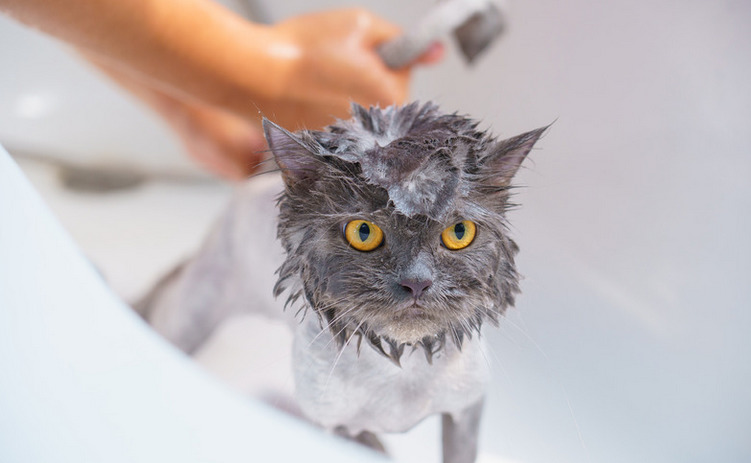
Bathing is another grooming practice that can help keep your long-haired cat’s coat clean and fresh. However, bathing is not necessary for every long-haired cat, as some cats can keep themselves clean by grooming themselves. Bathing is only recommended for long-haired cats that have dirty, oily or smelly fur due to environmental factors, health issues or lack of grooming.
Determining the appropriate bathing schedule
The frequency of bathing your long-haired cat depends on the condition of their fur and their level of tolerance. Some general guidelines are:
- Bathe your long-haired cat only when needed, such as when their fur is visibly dirty, oily or smelly.
- Bathe your long-haired cat no more than once a month, as bathing too often can strip away natural oils and dry out the skin and coat.
- Bathe your long-haired cat less often during cold weather, as bathing can lower their body temperature and make them susceptible to illness.
Using cat-friendly shampoos and conditioners
The type of shampoo and conditioner you use for your long-haired cat depends on the condition of their fur and skin. Some of the common types of shampoos and conditioners are:
- Mild shampoo: This is a shampoo that is gentle and pH-balanced for cats’ skin. Mild shampoos are ideal for most long-haired cats, as they can cleanse without irritating or drying out the skin and coat.
- Medicated shampoo: This is a shampoo that contains ingredients that can treat specific skin conditions, such as allergies, infections or parasites. Medicated shampoos are ideal for long-haired cats that have skin problems that require veterinary attention.
- Moisturizing shampoo: This is a shampoo that contains ingredients that can hydrate and nourish dry or damaged skin and coat. Moisturizing shampoos are ideal for long-haired cats that have dry or brittle fur due to aging, illness or environmental factors.
- Conditioner: This is a product that can soften, detangle and protect the coat after shampooing. Conditioners are ideal for long-haired cats that have fine or curly fur that is prone to matting or tangling.
Conclusion
Long-haired cats are beautiful and charming, but they also require more grooming and care than short-haired cats. Maintaining long cat hair is not only important for your cat’s appearance, but also for their overall well-being. A healthy coat reflects a healthy body and mind, and vice versa. Therefore, you should take care of your cat’s coat as well as their nutrition, hydration and veterinary care.
With a passion for cats and years of experience in cat care and grooming, I have gained valuable insights and expertise that I want to share with other cat lovers. I believe that every cat deserves the best care possible, and through this platform, I aim to empower cat owners like you to provide the utmost love and care for your feline companions.
